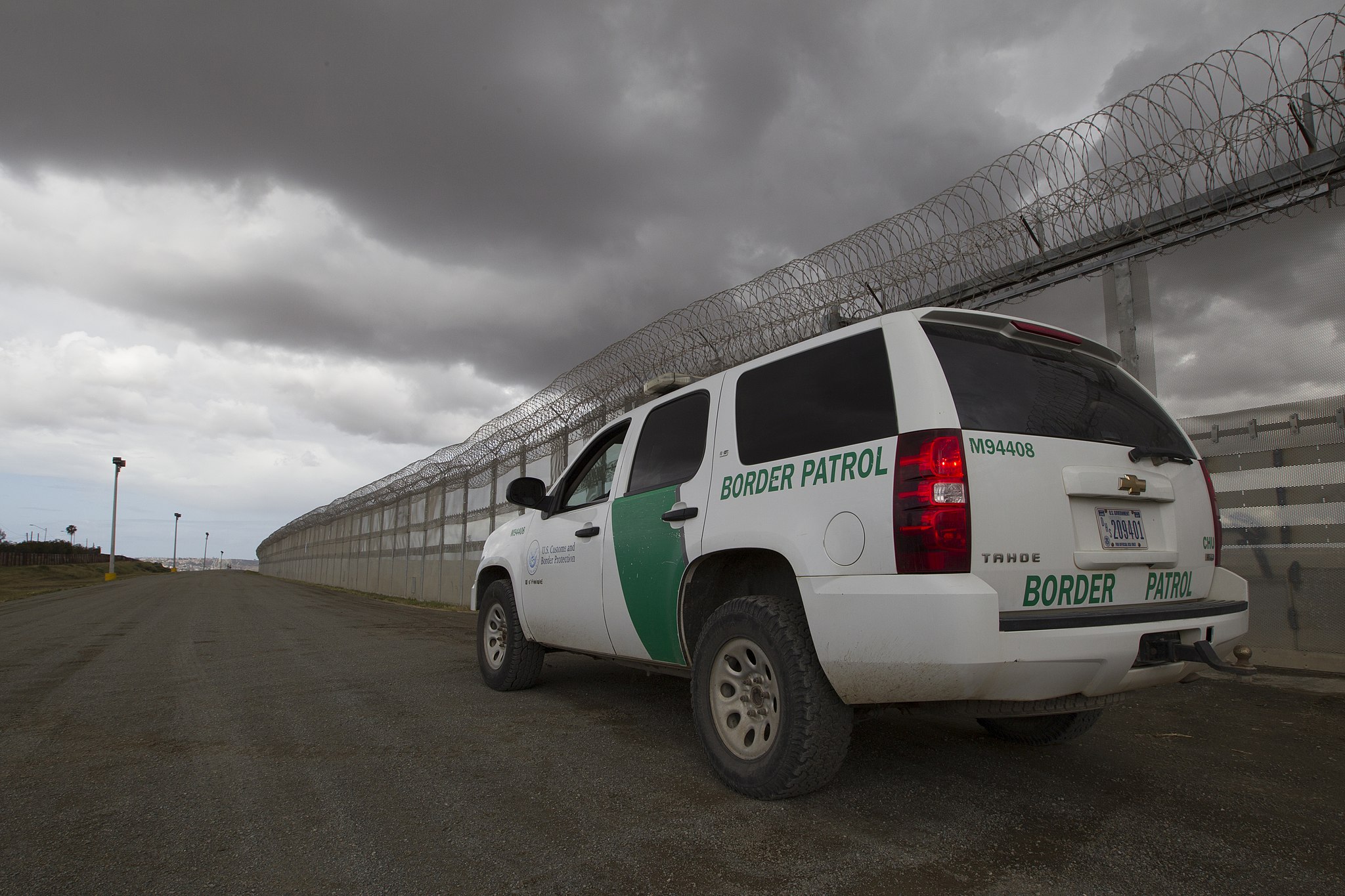By Stephen Wood
57,000.
That is the appalling number of individuals estimated to be involved in human trafficking in the United States, and it is more than likely a relatively conservative estimate.
Even more appalling is that there are approximately 50 million people who are victims of human trafficking worldwide. This is an industry driven by sex, with 80 percent of trafficked individuals engaged in sex trafficking of some form.
Woman account for about 80 percent of individuals involved in sex-trafficking, with some estimates stating that a quarter of these cases involve minor children. The average age for females at the time of entry into sex-trafficking is thought to be between 17–19 years old.
Victims of both sex and labor trafficking include United States citizens, but also many foreign nationals, mostly from Mexico, Central and South America, as well as the Caribbean. Now more than ever, these victims of a horrific crime are at significant risk, not just from their traffickers but from something else that can cause significant harm: the fear of deportation.
Many of trafficking victims are lured into the system with the promise of legitimate jobs, while others are kidnapped or entrapped in a myriad of ways. They are enslaved and faced with violence and torture, including threats of death. Their lives become less their own and they are bought and sold as a commodity.
Victims of trafficking brought to the United States illegally are a particularly vulnerable group. Especially now, when the Trump administration is revamping immigration policy, these are individuals at significant risk. These are people who are often afraid, alone and frequently have had their passports and other identifying papers taken from them by their traffickers. They have no way to contact family or friends, as they are stripped of their identity and have to rely on their traffickers for survival.
Unfortunately, they are also at constant risk for engagement with law enforcement. Whether through prostitution or illicit drugs, these are individuals whose activities are on law enforcement agencies’ radar. In most cases, the aim of law enforcement is to protect the trafficked individual while targeting the traffickers and those who utilize sex trafficking. While not in the crosshairs of prosecutors, these vulnerable people are still at significant risk for deportation if they are undocumented (or even documented, in many cases) immigrants, who are now in the legal system.
While law enforcement can sometimes help to protect trafficked individuals, this is not always assured. The climate of how the current administration views immigrants makes this an even more tenuous promise. While police and prosecutors try to afford protection and build their case, federal officers may take charge and initiate the process of deportation.
The ever-looming threat of deportation has some substantial consequences. It can be a significant deterrent to victims reporting their traffickers, making them even more reliant on them for a perceived protection. Many traffickers use the threat of deportation to control their victims, and the widespread enforcement of immigration policy reinforces that fear. There is also the fear of retaliation, as threats that traffickers will harm victims and their families is an oft used tactic to maintain control.
There have been efforts to afford some protection. The T visa, a special visa to protect victims of trafficking was created in October 2000 with the passing of the Victims of Trafficking and Violence Protection Act. There are 5,000 of these visas available on an annual basis. This would seem promising, but it is a significantly under-utilized process. According to the United States Citizenship and Immigration statistics, only around 500 – 600 of these visas are granted each year. In addition, the burden of proof can be on the trafficked victim and there are a number of requirements to qualify. This often includes testifying against their trafficker, something that can be terrifying for these individuals.
T visas are also temporary, only lasting for four years. Although individuals can apply for a green card after the third year, that process is also under-utilized and slow.
We need to look closely at how victims of human trafficking, especially those who are immigrants, receive protection. Human trafficking is by all accounts a human rights violation. It is our duty as humanitarians to protect those who cannot protect themselves. Under the current policy, it is at the discretion of law enforcement and prosecutors to make this information and resources available. The current climate regarding immigration, the burdensome process and limited resources all have lead to underutilization of this important protection.
One policy solution to improve access could be to require prosecutors to inform and facilitate the T visa process. It should be made part of the process of assisting victims of trafficking, not an extra, discretionary step. Similar to other victim advocate programs, there should be support to help the individuals fill out and complete the lengthy and sometimes confusing applications. It should also involve transparency, illuminating the process and ensuring fairness and equity.
It is important for policy makers and stakeholders to consider the T visa process, especially as new immigration policies and practices are formulated at the federal level. This is an important protection for people who have been victimized and forced into slavery and it is an imperative to increase awareness of access to this important safety-net for some of the most vulnerable people in the world.
Image via Wikimedia Commons.
